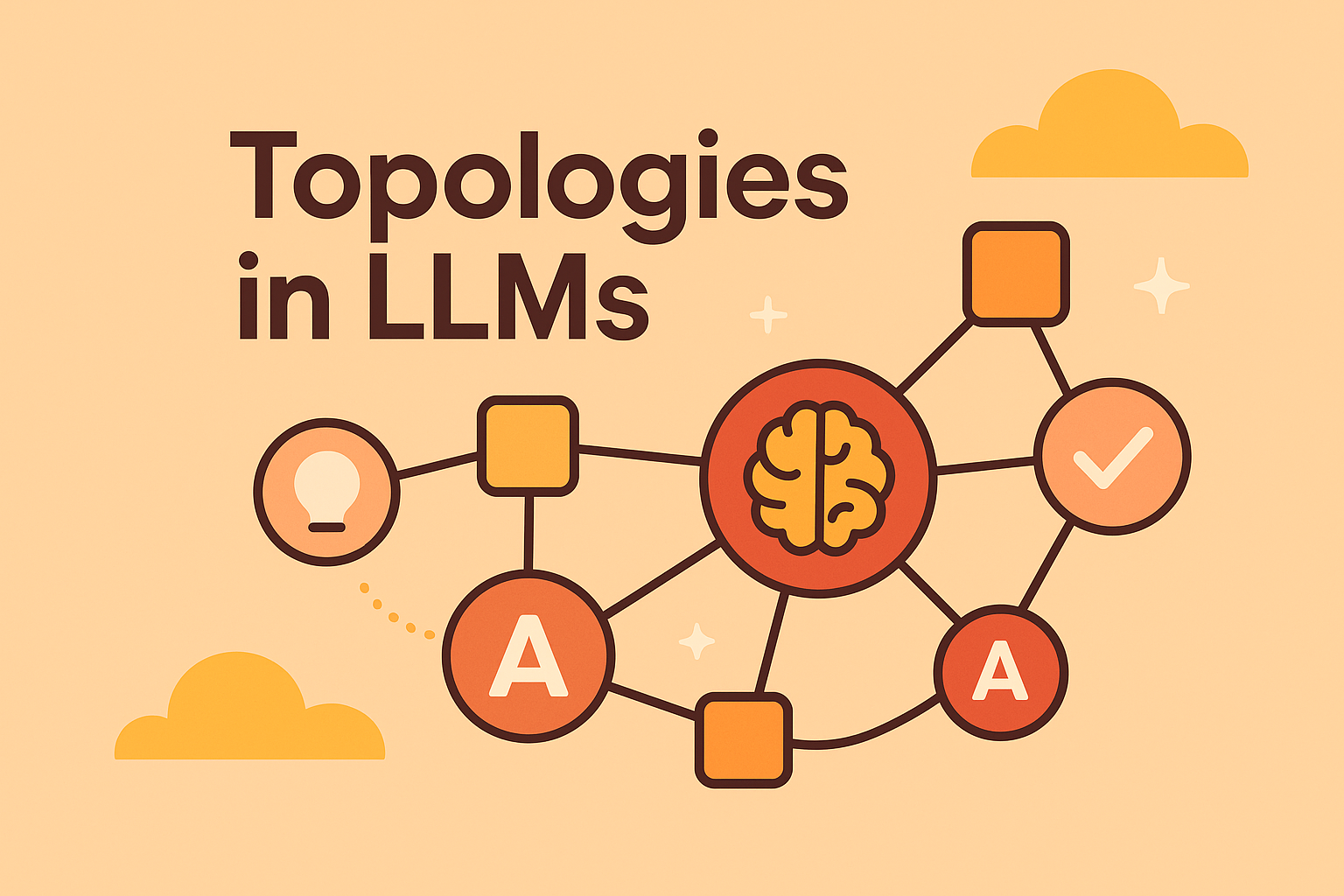Introduction: From Linear Ranking to Semantic Space
For years, search authority was understood as a linear process: a well-optimized page ranked well for a specific keyword. But generative models have transformed this paradigm. LLMs do not operate on isolated pages—they operate on semantic shapes within a multidimensional space.
In this new environment, your domain is not a collection of URLs: it is a knowledge topology. Its strength—or fragility—depends on how your concepts connect, the gaps you leave uncovered, and the overall coherence of your system.
What a “Knowledge Topology” Really Is
A topology is a structure: a map of relationships. When LLMs process your content, they don’t focus on titles or keywords—they evaluate:
- how your ideas connect,
- which central concepts you reinforce,
- where conceptual gaps exist,
- where contradictions appear,
- how complete your thematic framework is.
Your authority depends on the strength of that map. If the structure is solid, LLMs integrate it into their memory. If the structure is weak or incomplete, they ignore it.
How an LLM Detects the Strength of Your Ecosystem
Models identify consistent patterns through embeddings. Each piece of content adds a “point” in your domain’s vector space. If those points are:
- well distributed,
- thematically connected,
- reinforced by multiple perspectives of the same framework,
they form a recognizable shape for the model. That shape is your true topical authority.
What Happens When There Are Gaps?
If key nodes are missing—essential questions unanswered, basic definitions absent, critical comparisons omitted, internal contradictions—the topology collapses. The model detects that your domain lacks a complete framework and avoids using it as a reference.
And What Happens When There Are Contradictions?
Semantic contradictions create epistemic fragility: signals of low reliability. A single contradictory article can weaken the entire ecosystem.
The Revelation: It’s Not About Publishing More—It’s About Publishing the Missing Nodes
Classic SEO pushed teams to produce more volume: more URLs, more variations, more clusters.
SEO for LLMs requires the opposite: covering the precise gaps in your conceptual map. Not quantity, but completeness.
LLMs reward conceptual systems that “fit together,” not dispersed collections of articles.
How to Design a Content Topology That LLMs Understand and Value

1. Identify the Core Concepts of Your Domain
Your authority comes from a small nucleus of fundamental ideas. Define clearly:
- your base principles,
- your frameworks,
- your recurring themes.
These become the central nodes of your topology.
2. Expand From the Center Toward the Periphery
Each new piece of content should reinforce a connection to a central node or extend the map naturally. Avoid producing content that does not directly relate to the system.
3. Fill Gaps Before Creating New Themes
An incomplete topology is worse than a small one. Before expanding, complete your:
- essential definitions,
- critical comparisons,
- important FAQs,
- missing derivative concepts.
4. Use Fractal Structures
LLMs understand content better when the same conceptual pattern repeats across scales:
- framework → detail → example → reconstruction
This strengthens your semantic shape and makes it more stable.
5. Maintain Epistemological Consistency
Avoid internal contradictions. Your ecosystem must sound like a single mind—not disconnected voices.
Why This Perspective Is Essential for Modern Strategies
In a landscape where:
- traditional search engines rely on on-page signals,
- generative engines rely on conceptual coherence,
your content must satisfy both.
A clear topology elevates your authority in LLMs like ChatGPT, Claude, or Perplexity, while improving your site’s global structure.
Application in Advanced Content Strategies
In complex projects—where SEO, AI, and automation converge—topological thinking becomes the foundation of performance. Working with well-defined conceptual frameworks and covering critical knowledge nodes is essential for making a domain appear as a coherent system instead of a dispersed collection.
This approach connects directly with the previous articles in the series, focused on how models reconstruct meaning and how embeddings capture semantic density, and it sets up the next chapter: how detecting epistemic fragility impacts your authority in generative engines.
Conclusion: Your Authority Is the Shape Your Content Draws
In the era of LLMs, your domain is not a website—it is a cognitive geometry. A semantic shape that can be strong, weak, incomplete, or stable.
Models reward forms that are complete, coherent, and well connected. Your goal is no longer to publish more: it is to publish what the system is missing so that your conceptual map “locks into place.”
This is the new game of SEO for LLMs.


